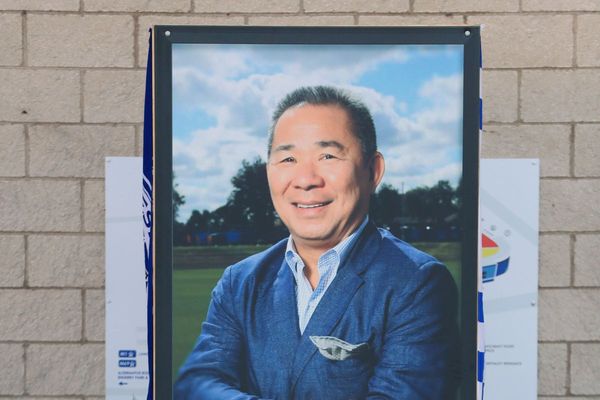Diraq founder and chief executive Andrew Dzurak says the company is on track toward building a quantum computer in Australia capable solving commercially relevant problems inside five years.
And the company will produce fault-tolerant, error-corrected quantum computers based on “many millions” of qubits in a 10-year horizon. That’s the timetable of progress Diraq has set for its program of work.
Dr Dzurak is one of the Australian superstars of the global commercial quantum industry. He has taken a different path toward building a full-stack quantum computer, one that can be supported by existing silicon semiconductor manufacturing processes.
The result, he says, is a path to quantum computing at a scale of billions of qubits faster than any competing research.
In this episode of the Commercial Disco, Andrew Dzurak talks about that technology path, and draws a line of two-decades and more of the research investment in Australia that has produced such a wealth of quantum talent.
Dr Dzurak and his team worked out a way to modify the standard transistors that are found on ordinary silicon processors. These are the chips based on a decades old technology generally known as CMOS, or complementary metal oxide semiconductor technology.
The research came out of work done at the University of NSW and the ARC Centre for Quantum Computation and Communications Technology – a cluster of research talent that has created global leadership in silicon-based quantum tech in the world.
The other high-profile deep tech to come of this cluster is of course Michelle Simmons’ Silicon Quantum Computing, which is seeking to build a full-stack, fault tolerant and error-corrected quantum computer based on atom-scale transistors, also based in silicon.
If you’re not quite sure of the challenges posed in building a quantum computer or where its early commercial applications will be, this is a great interview.
It is an introduction to the commercialisation of IP built over decades in a technology that will have a seismic impact on the world.

Diraq is focused on CMOS technology because it has already solved incredibly difficult manufacturing complexity. It leverages decades of investment in the tools that have enabled Moore’s Law.
“At Diraq, we are very firmly focused on getting to that many million qubit level faster than any of our competitors,” Dr Dzurak said.
“And we believe that we will be able to do that, because we can leverage off the replication abilities [manufacturing] that you have in standard integrated circuits.”
“We know that we can go to millions of qubits using standard manufacturing. And we are looking to get to that level within a decade from now,” he said.
“We’re looking at solving commercially relevant problems within the next five years. And within the next 10 years, we are looking to have fault tolerant capabilities with our qubits.”
“The big advantage that we have from a commercial perspective and a [from a] technology perspective, is that we do not have to reinvent a manufacturing technology, it [already] exists.
“And it allows us to make ultimately devices up into the millions [of quantum transistors], which is something that most of the other quantum computing technologies are struggling to do.
There are no chip foundries in Australia capable of the sub-30 nanometre scale that Diraq requires for making its qubits – so the company has been building partnerships with foundries in the US and Europe.
Dr Dzurak said the company is on track to demonstrate qubits made in chip foundries at the one and two qubit level that operate at high fidelity, where fidelity is above 99 per cent accuracy.
“That’s what’s happening just in the next 18 months to two years. In the three years following that, we’re intending on ramping up the number of qubits very, very significantly,” he says.
“We’re actually not publicly announcing the numbers that we’re targeting. But I can say that it is in the 1000s. I won’t say exactly how many, but it will allow us within the next five years to be able to address problems of commercial relevance.
“And we certainly intend to be selling access to our quantum computing systems to customers during that period. We’re certainly intending on generating revenue through sale of access to our quantum computing systems within the next five years,” Dr Dzurak said.
The drive toward quantum computing is a race, as both a sprint and a marathon. Maybe we are at the end of the beginning of that race, which seems to have switched gears in the past couple of years.
In this interview, Mr Dzurzak steps through the history of the research in Australia, picks up some of the strands of research, and outlines the commercial and technical realities of building a quantum computer. Highly recommend a listen.







